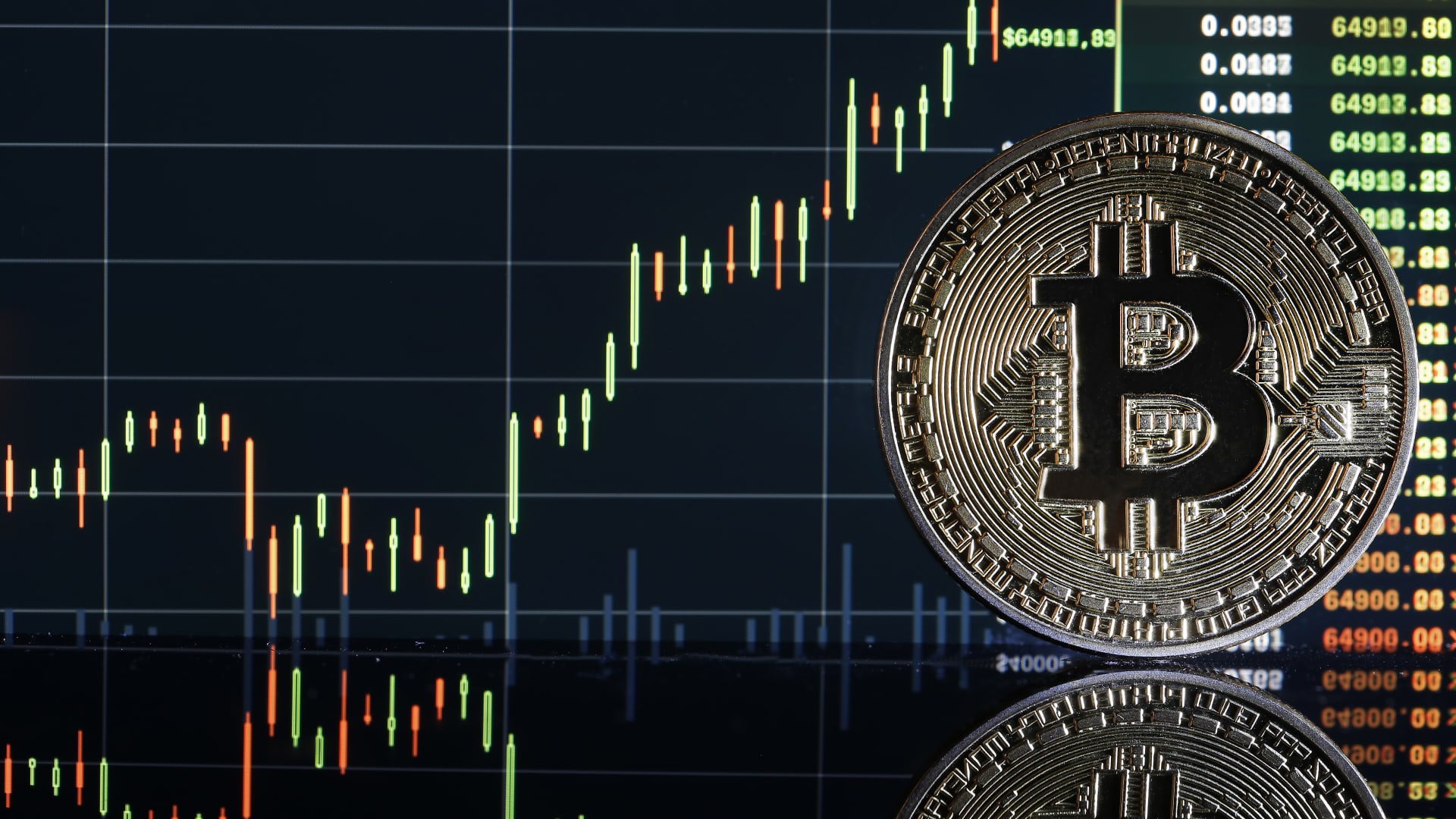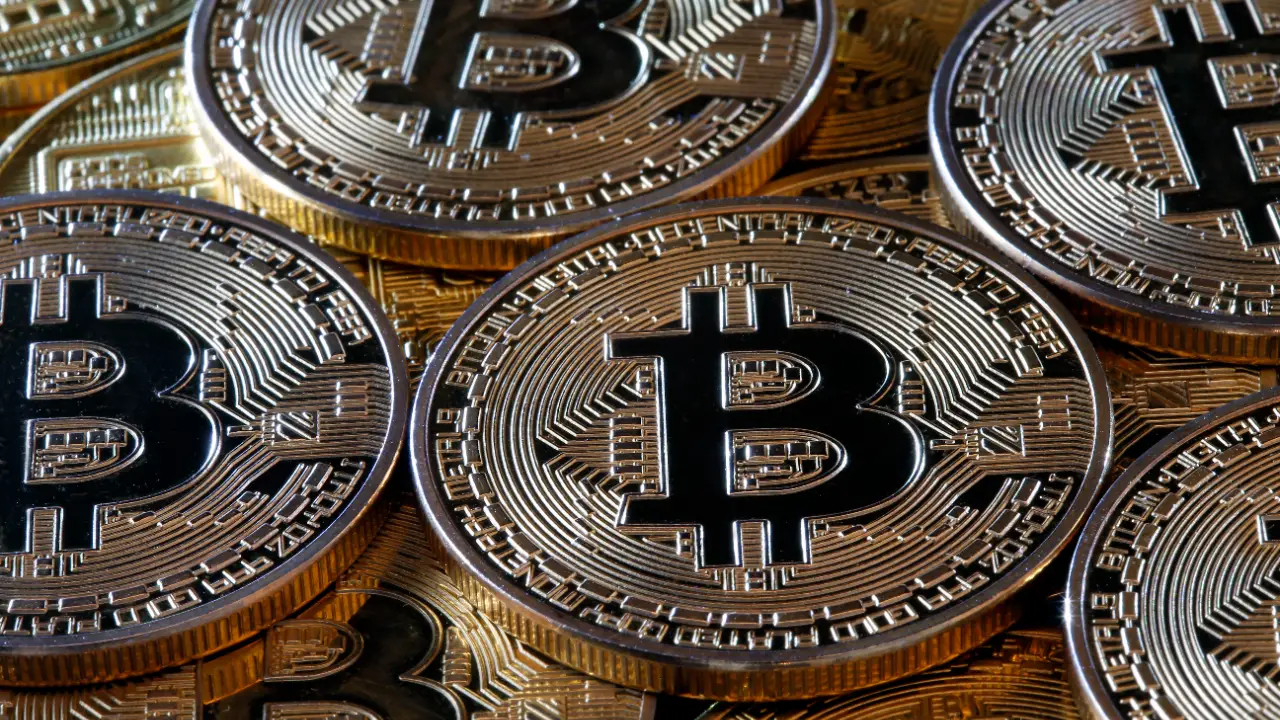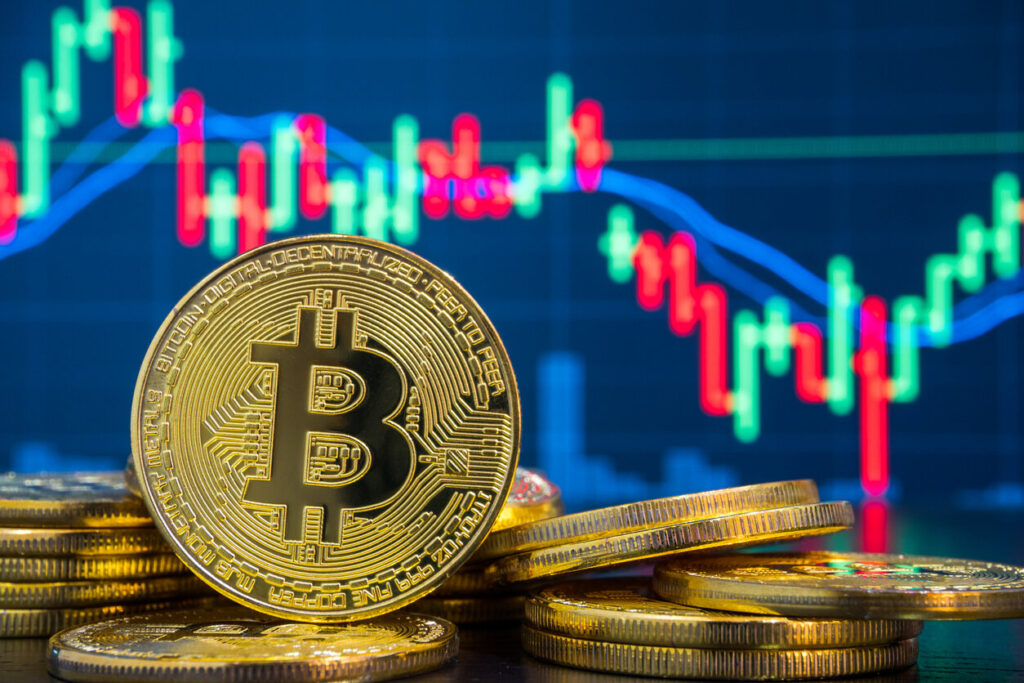
Bitcoin, the world’s first decentralized digital currency, has become a household name in the world of finance. However, back in 2009, it was a novel concept, introduced by an anonymous individual or group under the pseudonym Satoshi Nakamoto. The idea of a peer-to-peer electronic cash system, free from government control or traditional financial institutions, was revolutionary. As Bitcoin gained traction over the years, many have looked back and wondered: How much was Bitcoin in 2009? To answer this, we need to explore the early days of Bitcoin, its initial value, and the factors that shaped its growth.
The Creation of Bitcoin: A Revolutionary Concept
Before we dive into the price of Bitcoin in 2009, it’s essential to understand the backdrop against which it was launched. Bitcoin was created in response to the 2008 global financial crisis, a time when trust in traditional financial systems was at an all-time low. Satoshi Nakamoto released a whitepaper titled “Bitcoin: A Peer-to-Peer Electronic Cash System,” outlining how the new currency would work, and in January 2009, the Bitcoin network officially came into existence with the mining of the first block, known as the Genesis Block.
Bitcoin’s Value in 2009: No Official Price at First

In 2009, Bitcoin didn’t have an official value in the way traditional currencies or stocks do. This was because there was no market where Bitcoin could be bought or sold. Instead, the value was theoretical and derived from the network’s innovation and Nakamoto’s vision. Early adopters mined Bitcoin using personal computers, earning rewards of 50 BTC per block without any real-world exchange rate attached to it.
The first known instance of Bitcoin being assigned a value came later in 2009 when a forum user calculated that the cost of electricity required to mine one Bitcoin block at that time was approximately $0.00076 USD. Based on this, the initial “price” of Bitcoin was roughly $0.0008 per coin.
The First Bitcoin Transaction: A Milestone Moment
While Bitcoin’s initial value was minuscule, its first real-world transaction marked a significant moment in the currency’s history. On May 22, 2010, a programmer named Laszlo Hanyecz famously paid 10,000 BTC for two pizzas. This day, now known as Bitcoin Pizza Day, is celebrated annually in the cryptocurrency community. At the time, 10,000 BTC was worth about $41 USD, putting the value of each Bitcoin at approximately $0.0041. This transaction was pivotal as it demonstrated that Bitcoin could be used in the real world to purchase goods, setting the stage for its future growth.
Why Bitcoin Had Little Value in 2009
Several factors contributed to Bitcoin’s low value in 2009:
- Lack of Awareness: In 2009, Bitcoin was virtually unknown outside of a small community of cryptography enthusiasts. Its potential wasn’t widely recognized, and it wasn’t seen as an alternative form of money by the general public.
- No Established Market: There were no exchanges where Bitcoin could be traded for fiat currencies. Bitcoin’s value was entirely theoretical, and there was no easy way to buy or sell it.
- Experimental Stage: In its early days, Bitcoin was still in its infancy. The software was new and untested on a large scale, meaning many saw it as an experiment rather than a serious financial tool.
The Role of Mining in 2009
Mining was the primary way people acquired Bitcoin in 2009. Using relatively modest hardware, miners could earn substantial amounts of Bitcoin due to the low network difficulty. As mentioned, the reward for mining a block was 50 BTC. Since there were few miners, the chances of successfully mining a block were much higher than they are today.
At that time, mining was accessible to anyone with a home computer, and there was no need for the specialized hardware that is now required. This democratized the process, allowing early adopters to accumulate significant amounts of Bitcoin without significant investment.
Bitcoin Exchanges: The First Markets for Bitcoin

Although Bitcoin started in 2009, the first exchange where Bitcoin could be traded for fiat currency didn’t emerge until 2010. In March 2010, the first Bitcoin exchange, BitcoinMarket.com, was launched. It allowed users to trade Bitcoin for US dollars, providing the first public market for the cryptocurrency.
Initially, Bitcoin was traded for fractions of a cent, with the price only rising slowly as more people became aware of its existence. This period saw the establishment of the first price data for Bitcoin, which would eventually be recorded and tracked by exchanges and financial analysts.
Bitcoin’s Growth Post-2009
While Bitcoin’s value in 2009 was minuscule, it laid the foundation for exponential growth. Over the following years, as more people learned about Bitcoin and began mining or purchasing it, its value started to rise.
In 2010, Bitcoin reached parity with the US dollar, and by 2011, it had soared to $1 per coin. This marked the beginning of a series of price surges and crashes, driven by factors such as media attention, regulatory developments, and growing institutional interest.
To answer the question “How much was Bitcoin in 2009?” – the answer is that it had no official value at first, and its estimated price was as low as $0.0008 per coin. In the beginning, Bitcoin was largely an experimental currency mined by a small group of enthusiasts. Yet, from these humble origins, Bitcoin grew into a global phenomenon, reshaping the financial landscape and inspiring the creation of thousands of other cryptocurrencies.
Today, Bitcoin is valued in the tens of thousands of dollars, making its early years seem like a distant memory. However, the foundation laid in 2009 was crucial in setting the stage for Bitcoin’s journey to becoming the world’s leading cryptocurrency. Looking back, it’s fascinating to think that something once worth less than a fraction of a cent now holds such immense value and influence in the world of finance.